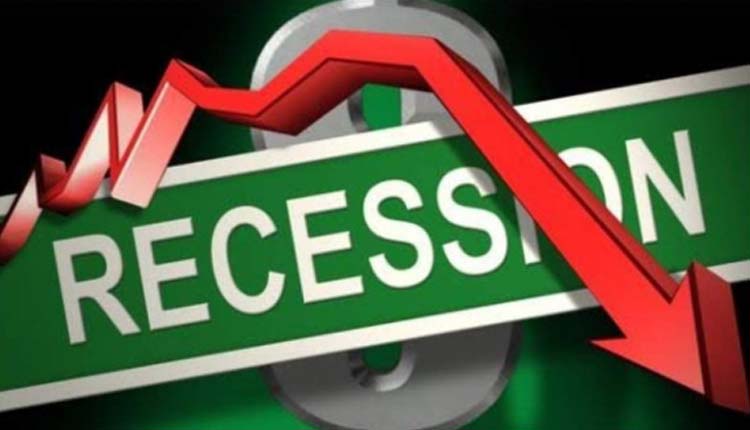
New Delhi- India’s economy contracted by 7.5% in the July-September quarter following a record slump of 23.9% in the previous three months, pushing the country into a recession for the first time in its history.
The contraction occurred despite the government’s lifting of a strict two-month lockdown imposed across the country in March after the outbreak of the pandemic.
A country enters a technical recession if its economy contracts for two successive quarters.
Data released Friday by the National Statistical Office showed industry normalizing faster than the service sector.
Manufacturing grew by 0.6% in July-September after shrinking by a massive 39% in the preceding quarter, the report said. While the agriculture sector grew by 3.4%, trade and services contracted by 15.6%, it said.
The 23.9% GDP contraction in the April-June quarter triggered massive unemployment in small and medium-size businesses and created rural distress.
The government announced stimulus packages after it lifted the lockdown imposed in March.
In May, it introduced a $266 billion package to boost consumer demand and manufacturing. A large part of the package was actually loans provided by banks, many of them without collateral.
That was followed by a $35.14 billion package early this month to stimulate the economy by boosting jobs, consumer demand, manufacturing, agriculture and exports hit by the coronavirus pandemic.
The objective of the incentives is to attract investment and enable India to become part of the global supply chain.
Finance minister Nirmala Sitharaman said a strong economic recovery is taking root, citing an increase in tax collections for goods and services.
Follow this link to join our WhatsApp group: Join Now
Be Part of Quality Journalism |
Quality journalism takes a lot of time, money and hard work to produce and despite all the hardships we still do it. Our reporters and editors are working overtime in Kashmir and beyond to cover what you care about, break big stories, and expose injustices that can change lives. Today more people are reading Kashmir Observer than ever, but only a handful are paying while advertising revenues are falling fast. |
| ACT NOW |
| MONTHLY | Rs 100 | |
| YEARLY | Rs 1000 | |
| LIFETIME | Rs 10000 | |










